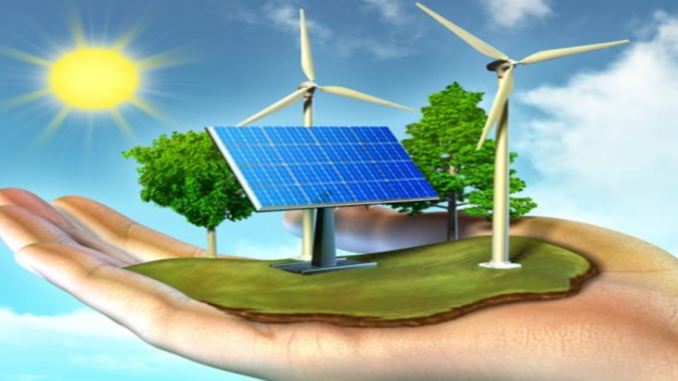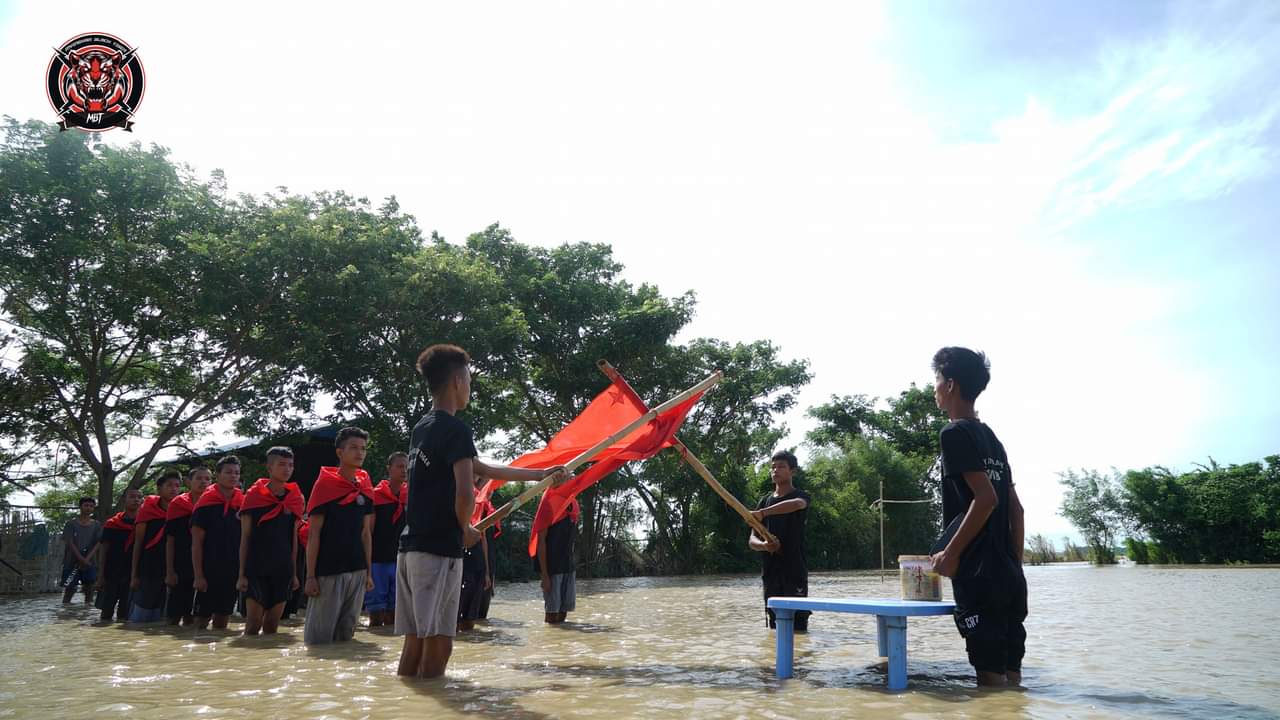
While renewable energy offers many benefits, there are also several challenges and drawbacks associated
with its adoption and implementation. Here are the primary cons of renewable energy:









1. Intermittency and Reliability
Variable Output:
Solar and Wind Dependence: Solar and wind energy production depends on weather conditions and time of day, leading to fluctuations in energy supply.
Energy Storage Needs: Effective and large-scale energy storage solutions, such as batteries, are required to ensure a consistent and reliable energy supply.
2. High Initial Costs
Capital Investment:
Upfront Expenses: The initial investment for renewable energy infrastructure, such as solar panels, wind turbines, and geothermal plants, can be high.
Funding and Financing: Securing the necessary funding and financing for large-scale projects can be challenging, especially in developing regions.
3. Land and Resource Use
Land Requirements:
Space Consumption: Large-scale solar farms and wind farms require significant land, which can impact ecosystems, agriculture, and land use patterns.
Resource Intensity: Some renewable technologies, like biomass, require substantial water and land resources, potentially competing with other uses.
4. Environmental and Wildlife Impact
Habitat Disruption:
Wind Turbines: Wind turbines can disrupt local wildlife habitats and migration patterns, particularly for birds and bats.
Hydroelectric Dams: Large dams can significantly alter aquatic ecosystems, affecting fish populations and other wildlife.
Pollution:
Manufacturing and Disposal: The production and disposal of renewable energy equipment can produce waste and pollution. For instance, the extraction of rare earth metals for solar panels and batteries can have environmental impacts.
5. Technological and Geographic Limitations
Site Specificity:
Geothermal and Hydropower: These energy sources are limited to specific geographic locations with suitable natural resources.
Efficiency Variability: The efficiency of renewable energy systems can vary based on location and environmental conditions, affecting overall performance.
6. Grid Integration
Infrastructure Needs:
Grid Upgrades: Existing grid infrastructure may require significant upgrades to accommodate variable renewable energy sources.
Balancing Supply and Demand: Managing the balance between supply and demand with high levels of renewable penetration requires advanced grid management techniques and technologies.
7. Resource Availability
Material Scarcity:
Rare Earth Metals: The production of renewable energy technologies often depends on rare earth metals, which are limited in supply and concentrated in a few geographic areas.
Supply Chain Issues: Geopolitical issues and supply chain disruptions can affect the availability of essential materials for renewable energy technologies.
8. Economic and Social Considerations
Economic Impact:
Transition Costs: The transition from fossil fuels to renewable energy can result in job losses in traditional energy sectors.
Cost Allocation: The costs of transitioning to renewable energy, including infrastructure upgrades and subsidies, can be passed on to consumers.
Social Acceptance:
NIMBY (Not In My Backyard): Local opposition to renewable energy projects, particularly wind farms, can arise due to perceived visual, noise, and environmental impacts.
9. Maintenance and Reliability
Maintenance Requirements:
Technological Complexity: Some renewable energy systems, like wind turbines and solar panels, require regular maintenance to ensure optimal performance.
Reliability Issues: Technical failures or breakdowns can impact the reliability of renewable energy systems.
Conclusion
While renewable energy is crucial for reducing greenhouse gas emissions and combating climate change, it is important to address its challenges and limitations. Solutions such as advancing energy storage technologies, improving grid infrastructure, optimizing site selection, and balancing economic and social impacts can help mitigate these drawbacks and promote the sustainable development of renewable energy.

Leave a Reply